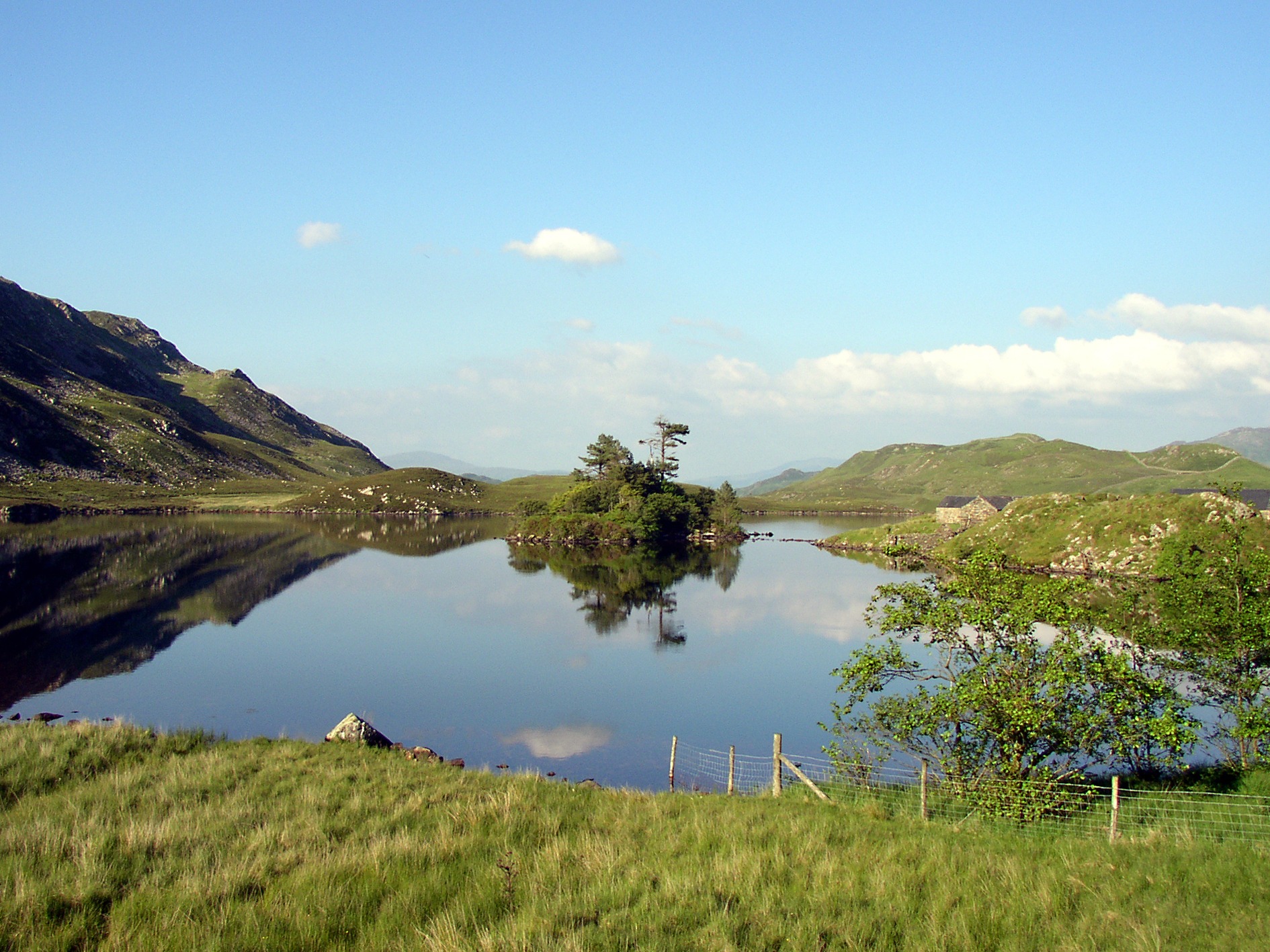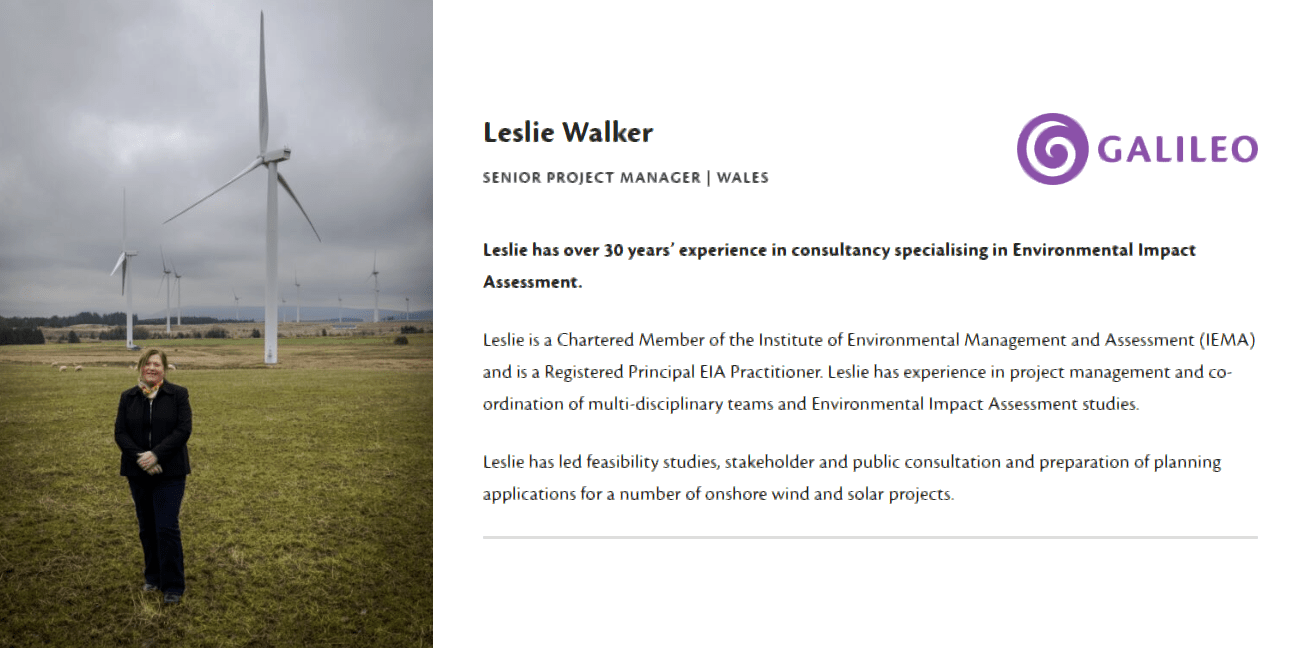![]() The previous post got considerable attention and it also unlocked fascinating new information. And that explains this follow-up. Which I hope will result in further revelations.
The previous post got considerable attention and it also unlocked fascinating new information. And that explains this follow-up. Which I hope will result in further revelations.
◊
WHERE ARE WE?
In the previous post I dealt with the Bryn Cadwgan wind farm planned by Galileo Green Energy. This is a Swiss company that set up a UK operation a few years ago to cash in on the Welsh wind turbine rip-off.
Different rules in England mean that complaints from local communities must be listened to which, in practical terms, means that no onshore wind farms get built. This sees Wales and Scotland increasingly used to supply electricity to England from a source the English don’t want.
Even to the extent of electricity from wind farms off Scotland’s west coast coming by undersea cable to Bangor, then down to Swansea, where it can connect with the main transmission lines from Pembroke power station to England.
Here in Wales, every project of 10MW or above is classed as a Development of National Significance (DNS), which means locals, and their elected representatives on local councils, will always be over-ruled by politicians in Corruption Bay who’ve declared war on a people they regard as racist, climate-denying, car-driving, transphobes.
It’s succinctly explained here. The chronology is intriguing.
In addition to the Galileo proposal I also knew that Bute Energy, a Scottish firm that rents a cupboard in Cardiff to fool us into thinking it’s Welsh, had a plan for an installation they were calling Blaencothi. Though details were scarce.
But true to form, Bute has again recruited a local to proselytise on its behalf. This one is Cilycwm community councillor Jamie Pickup. We can no doubt expect Pickup to be speaking up for all three projects.
But the third project, Waun Maenllwyd Wind Hub, being pushed by Belltown Power of Bristol, was a bit of a surprise. Possibly because it had previously been known as ‘Bryn Brawd’, and I’d perhaps assumed it had fallen though because I’d heard no more of it by that name.
Anyway . . . since putting out last week’s piece I have been told that the companies behind these three projects are combining to share a route to the plateau that forms the southern end of the Cambrian Mountains of central Wales.
In fact, the route is described here on the Belltown website (scroll down):
The proposed access route to the site for abnormal indivisible loads (such as blades, hub, nacelle and tower sections) will be from the port of origin (which is likely to be Swansea) via the M4, A48 and A40. Loads would turn off the public highway at Pumsaint and travel north for approximately 14km on a combination of existing commercial forestry tracks and new tracks to reach the wind farm location. No significant traffic flows will be associated with the operational phase of the site.
Who could argue with that? A motorway and nice wide trunk roads all the way. Problem is, the route as given is sort of incomplete. Let me explain.
As written, deliveries will turn off the A40 at Pumsaint . . . but the A40 goes nowhere near Pumsaint. Which makes what Belltown says misleading, if not dishonest. And if they could get this so wrong, what else might they have got wrong?
The truth is that after leaving Llandeilo the huge low loaders will turn onto the B4302 and head for Talyllychau (Talley). Then on to Crugybar and the Bridgend Inn (where I sank a few pints in the good old days), where they’ll join the A482 to reach Pumsaint.
Using my bestest crayons I’ve conjured up this map that might explain it better.

For those of you unfamiliar with this road, take my word for it, it will struggle to accommodate massive low loaders carrying huge turbine blades and tower sections.
Below is a capture from Google Maps showing the B4302 just after leaving Talyllychau on its way to Crugybar. Those hedgerows will have to go. And so will many other trees and hedgerows on the 13 miles from the A40 to Pumsaint.

Now we’re going to move on to Stage 2 of the environmental vandalism associated with these projects. The section that involves the National Trust (NT) and the ‘Welsh Government’.
UPDATE: I should have mentioned that Belltown is closely linked with the Foresight Group. And if that name rings a bell it’s because Foresight has been buying up farms in this area for carbon offsetting.
With the Foresight reputation damaged locally Belltown may be fronting for Foresight. Questions need to be asked. And answers demanded.
UPDATE 10.11.2023: It was learnt last night that Belltown will be taking the A482 from Llanwrda to Pumsaint. Galileo will take the Talyllychau route suggested above. No information yet on the Bute route, but it doesn’t really matter. Because there will now be two roads suffering expensive damage.
◊
DON’T TRUST THE NATIONAL TRUST
Once the huge low loaders reach Pumsaint, or just outside the village, they’ll take a right turn onto National Trust property.

This is the Dolaucothi estate, home to the famous ‘Roman’ gold mines, once owned by the Johnes family, who also owned the Hafod estate, to the north. Hafod fell into the clutches of the National Trust last year. With a 99-year lease and £700,000 gift from the ‘Welsh Government’.
In other words, the ‘Welsh Government’ paid an organisation worth billions £700,000 to take over a prime Welsh estate.
Despite the excuse given by Corruption Bay for this generosity it might have been due to the involvement of Dawn Bowden MS. As Deputy Minister for Arts and Sport the Hafod deal should have had nothing to do with her. But Tourism’ has since been added to her portfolio. Fancy that!

I wrote about it in this post, scroll to the section ‘Bristol Fashion’. And then in this post, in the section, ‘”Welsh Government” funds National Trust’.
It’s instructive to consider the organisation of the National Trust in Wales, and what happened at Hafod. Not least because it might provide clues as to why the NT would be a willing party to this planned environmental disaster.
It was early June last year when we learnt that the Trust was taking over the Hafod estate. Which seems to be owned by the ‘Welsh Government’ through Natural Resources Wales, and had until then been run by the Hafod Trust.
Just three months earlier, in March, Lhosa Daly of Bristol, had taken on the role of NT’s Acting Director for Wales, and was appointed to the post officially in September. I mention Bristol because that’s where she lives.
If we look at her career background we see that in the past seven or eight years Daly’s been chair of the Bristol branch of the Institute of directors, vice chair of the Bristol Law Centre, and she is still a business ambassador for the Western Gateway.
These positions would have brought her into contact with the glitterati of Bristol’s business community. Including, perhaps, the directors of Belltown Power, the company planning to desecrate our country with Waun Maenllwyd Wind Hub.
With Belltown, Bute and Galileo hoping to reach the site by traversing land owned or managed by Lhosa Daly’s National Trust and the ‘Welsh Government’.
The mystery of Dawn Bowden representing the ‘Welsh Government’ last year, despite it being beyond her responsibilities, could be accounted for by her also being from Bristol. She and Daly might have already known each other.
And if that’s too fanciful an explanation for you, then try this: Bowden should have known Lhosa Daly through her being Deputy Minister for Arts since May 2021 and Daly being an advisor to the Arts Council of Wales since April 2019.
Come to that, how did Bristol-based Daly get that gig with the Arts Council of Wales?
◊
FINAL THOUGHTS
I’m told deals have been done with farmers and other landowners along the route between Llandeilo and Pumsaint to cut corners, destroy hedges, and in places widen the B4302, and even perhaps the A482.
This will cost a considerable amount of money. So who’ll pay for it? Will it be the ‘developers’? The county council? The so-called ‘Welsh Government’? Or will there be a whip-round in the Dolaucothi Arms?
And then there’s the question of how the National Trust squares being a conservation body with the damage it’s helping inflict on the Welsh landscape by these wind farms. What would NT members say, if they knew?
Not just in the road ‘improvements’ I’ve just described, but also on the 14km journey to the sites after the low loaders turn off the A482. And then the on-site destruction.

There’ll be the vast concrete bases to support these huge turbines, the access roads, the deep trenches for the cables. How many trees will be felled? How much peat bog damaged? And let’s not forget the pylons.
I ask about the trees because I’m told new populations of red squirrels and pine martens are establishing themselves. Will they adapt to climbing pylons and turbines?
I suggest that even if they stick around they’ll be so traumatised by what’s being done to their habitat they might stop breeding.
As if that wasn’t enough, someone then tells me . . .
We also have two breeding maternity colonies of soprano pipistrelle bats on my land, they will love the sonic signature of wind turbines of course.
Don’t worry – once the poor little buggers are disorientated enough the blades will finish them off pretty quickly. (If they’re turning!)
Them and the kites, and other birds. And insects by the million.
Nothing here really surprises me, because I’ve always regarded the National Trust as a very commercial organisation and, in Wales, rather colonialist. Lhosa Daly playing the memsahib is entirely in keeping.
Not only that, but there’s something of the vulture about the NT in Wales, picking up land and estates as old Welsh families die out. Or more recently, acquiring property from the ‘Welsh Government’ or Natural Resources Wales.
For example, Daly is also a director of a National Trust company called Porthdinlleyn Harbour Company (The). This relates to Porthdinllaen at Morfa Nefyn.
Porthdinllaen once belonged to the Jones-Parry (Madryn) family. Sir Love Jones-Parry MP, was very supportive of the Patagonia settlement. Which explains why a town over there is called Puerto Madryn; and is twinned with Nefyn, I believe.
Another example of this sad phenomenon is located not far from me, a place I love to visit. I’m directing you now to Llynnoedd Cregennan.

Major C L Wynne-Jones lost both his sons in WWII, so in 1959 he handed over this 285-hectare estate to the National Trust.
As I hope I’ve made clear, I’m not surprised by the National Trust’s behaviour with these wind farms, and the damage they’ll cause . . . what really pisses me off is that the National Trust is still operating in Wales.
Devolution should have brought Wales a new organisation to replace the colonialist parasite that is the National Trust. We should by now have a Welsh body conserving our heritage and our history, safeguarding our landscapes.
But to set up such a body would have required political leaders with vision and courage, rather than the grubby, ishoo-of-the-month puppets Wales is cursed with.
♦ end ♦
© Royston Jones 2023













